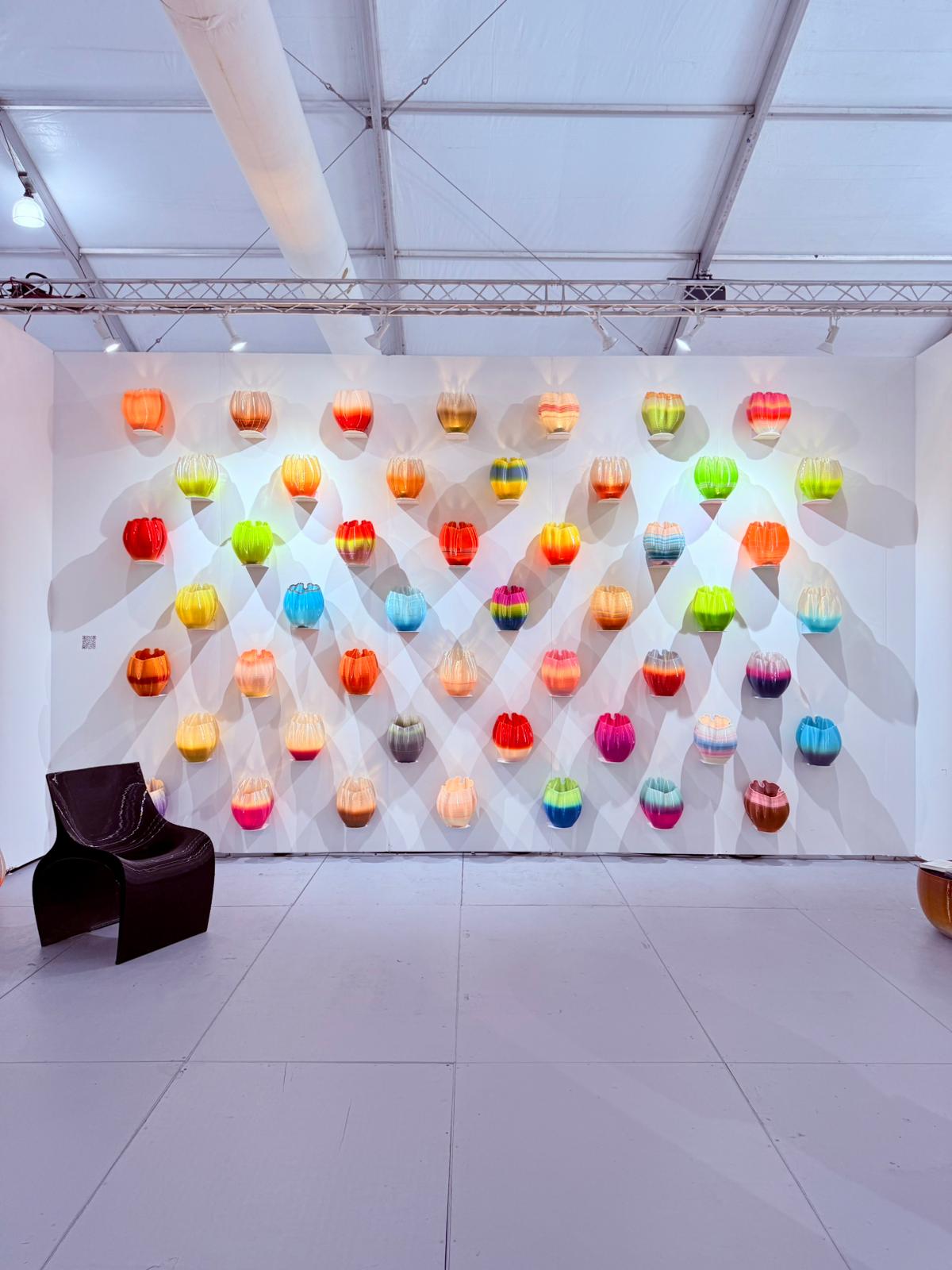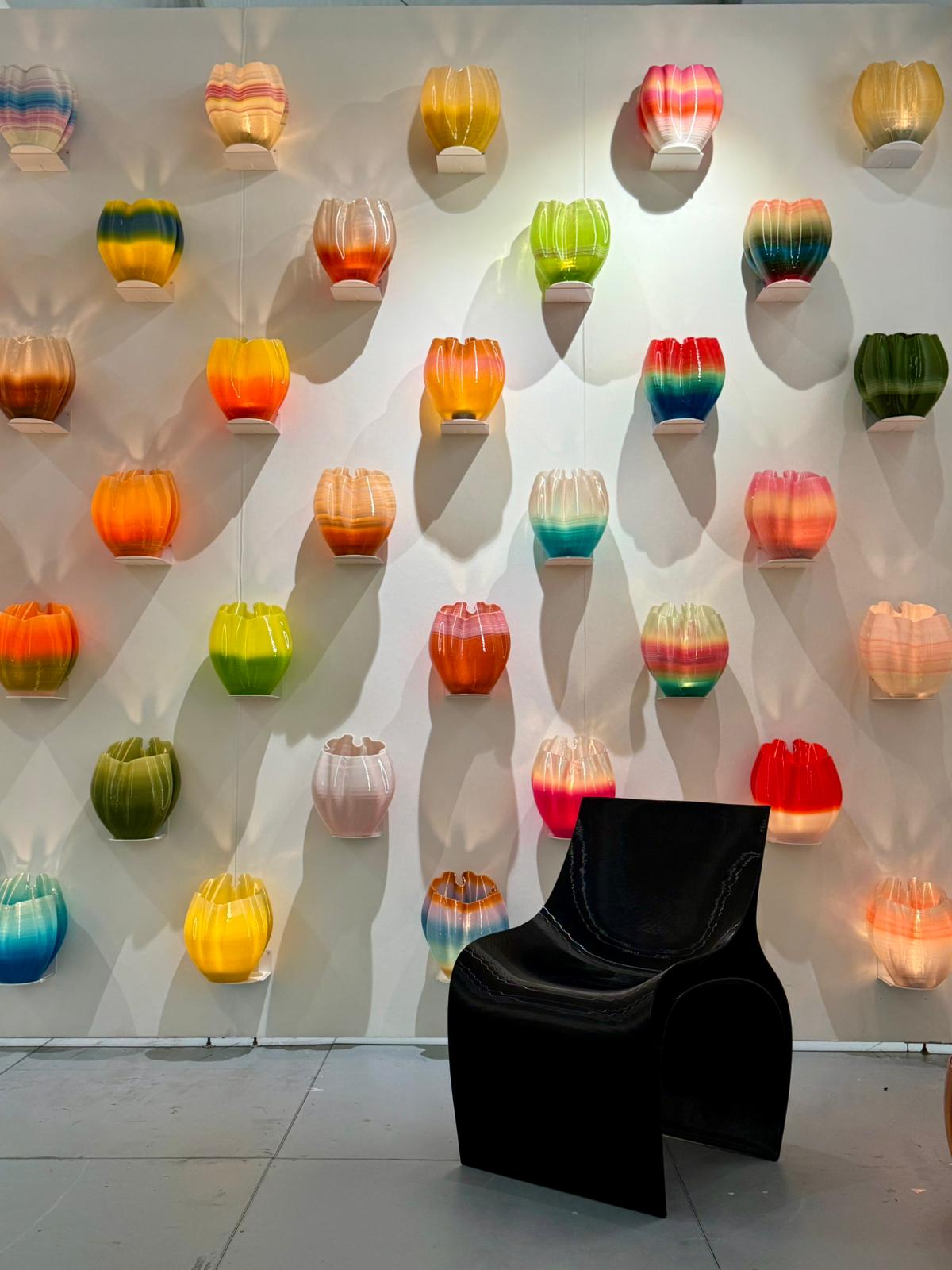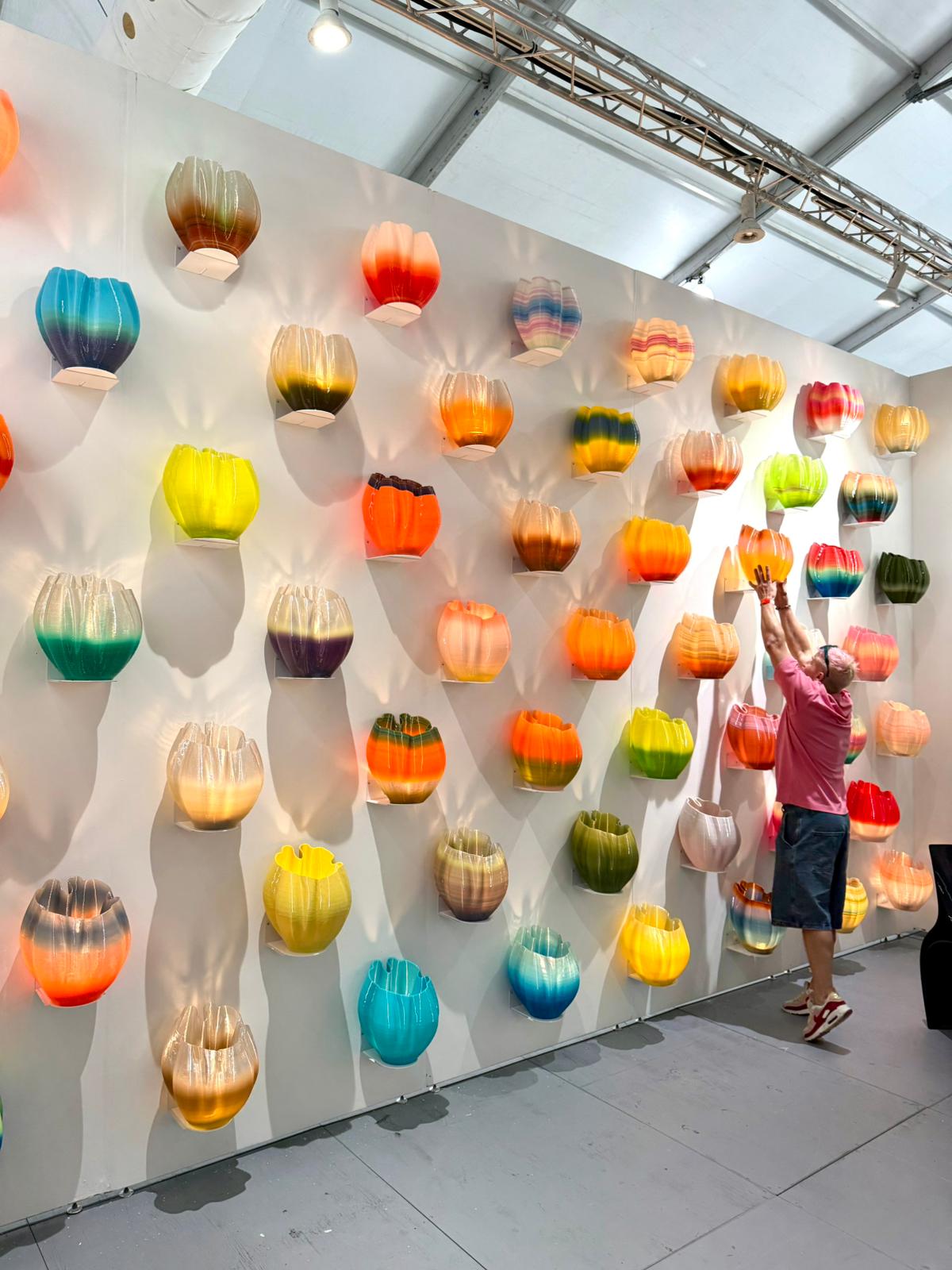
The most renowned art exhibition in the United States
Our presence at Scope Miami Beach 2024 marked a milestone for Nagami, generating great interest and enthusiasm among attendees. This international space, a benchmark for contemporary art and design, allowed us to showcase the potential of large-format 3D printing as a transformative tool in the creation of unique and sustainable experiences .

Plastic waste transformed into design.
The public was able to discover firsthand how innovation and creativity come together in our proposals, consolidating Nagami's role as a key player in the dialogue between technology, design, and sustainability.
Nagami as a design brand
Scope 2024 : Next steps. We continue to drive new ways of understanding design and architecture, bringing our vision to global stages , always maintaining our commitment to sustainability and innovation.



